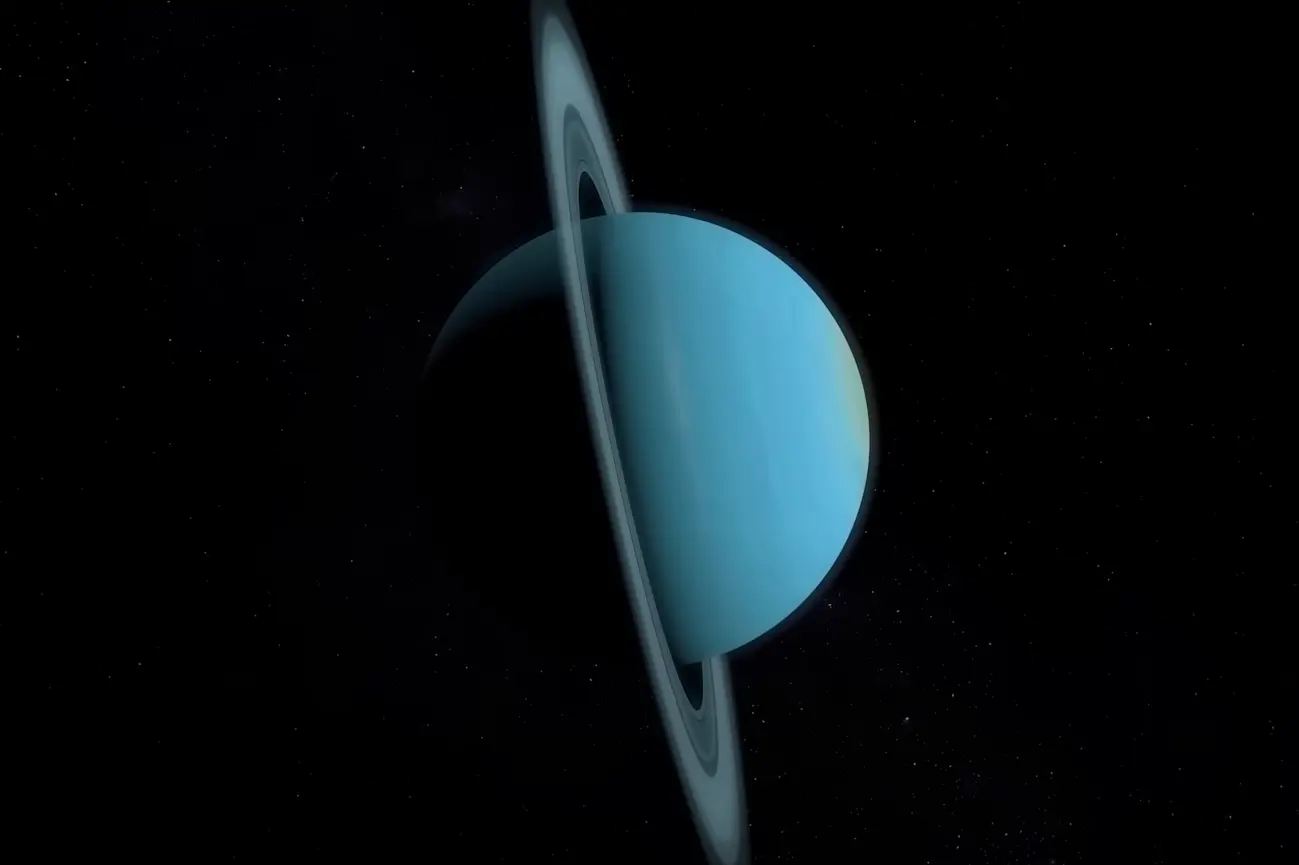Astronomers still have countless questions to answer about Uranus, and when scientists first began examining it, they found that it may have a lot more methane than we thought.
But why are Uranus and its ice giant counterpart Neptune so far out in the solar system, and why do they orbit so strangely?
The planet likely formed about 4.5 billion years ago, but at its current distance it would not have been able to absorb enough material to form with Neptune, the researchers wrote. IFLScience.
Therefore, scientists believe that they formed closer to the Sun, where the protoplanetary disk from which the planets formed was denser, and only then did they migrate to their current location.
There are many mysteries surrounding Uranus.
During their formation, the ice giants likely contributed to the formation of the asteroid belt between Mars and Jupiter, blowing rocks inward as they migrated.

Screenshot: National Geographic / YouTube
Uranus is also the only planet in the solar system that orbits on its “side.” According to NASA’s Main Extender, Uranus is the only planet whose equator is at nearly a right angle to its orbit, with an inclination of 97.77 degrees. This may be the result of a long-term collision with an Earth-sized body.
“This unique tilt is what causes Uranus to experience the most extreme seasons in the solar system.”
According to the most widely accepted hypothesis, it received a massive impact from an object roughly twice the size of Earth. This may have flipped it over and set in motion the events that helped form the planet we see today.
But there were other theories about why Neptune did not experience a similar collision in the early solar system.
It’s also not entirely unlikely that Uranus has a companion that is gradually nudging the planet toward its current tilt as it drifts away, though simulations show that an object with a mass of just a thousandth of the planet’s would be enough to do that. Earth’s Moon is also currently moving away from us, which is affecting our planet’s rotation.
For now, a massive collision remains the leading hypothesis, but astronomers may find more evidence only if a probe is sent close to the planet.
Worth reading:






